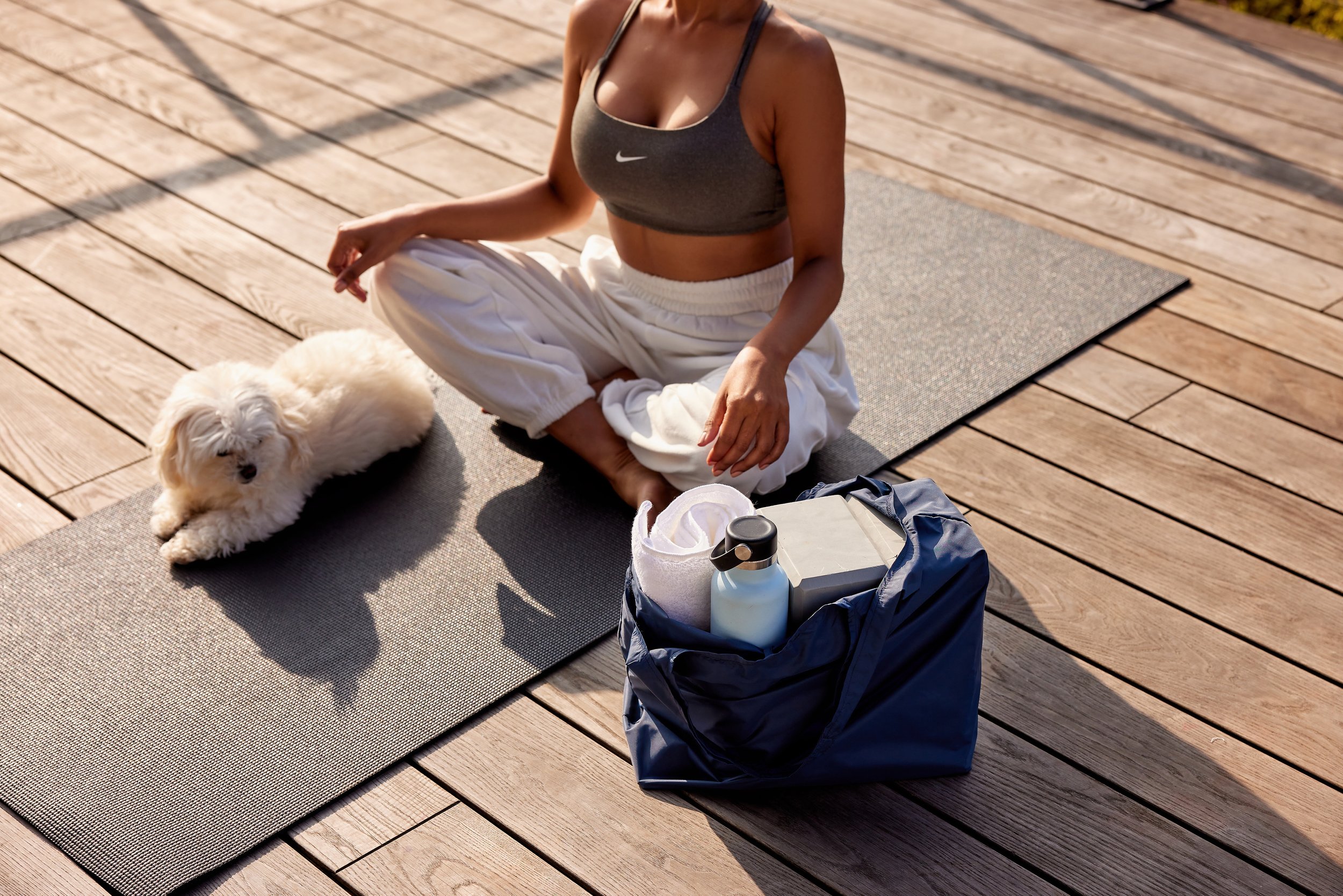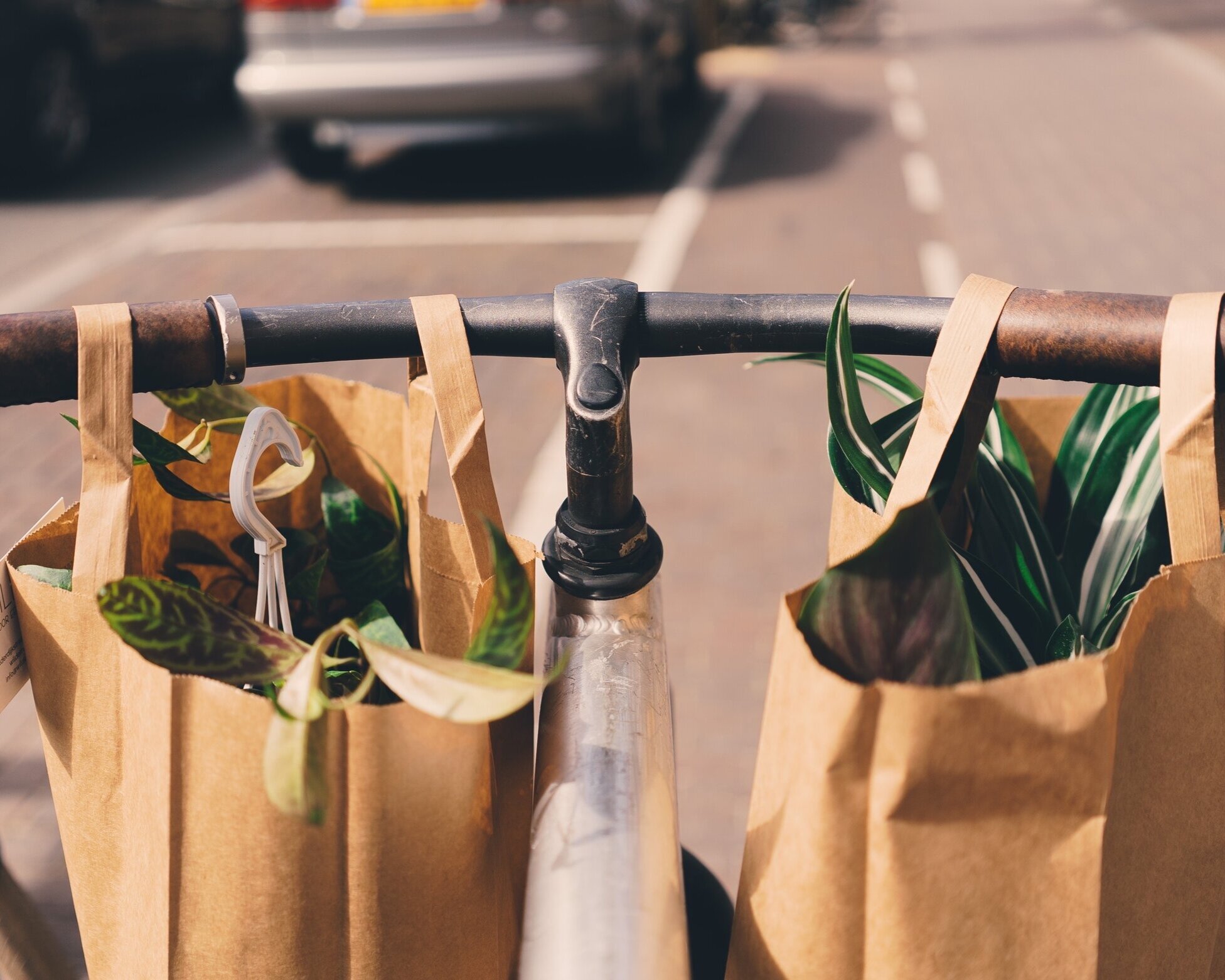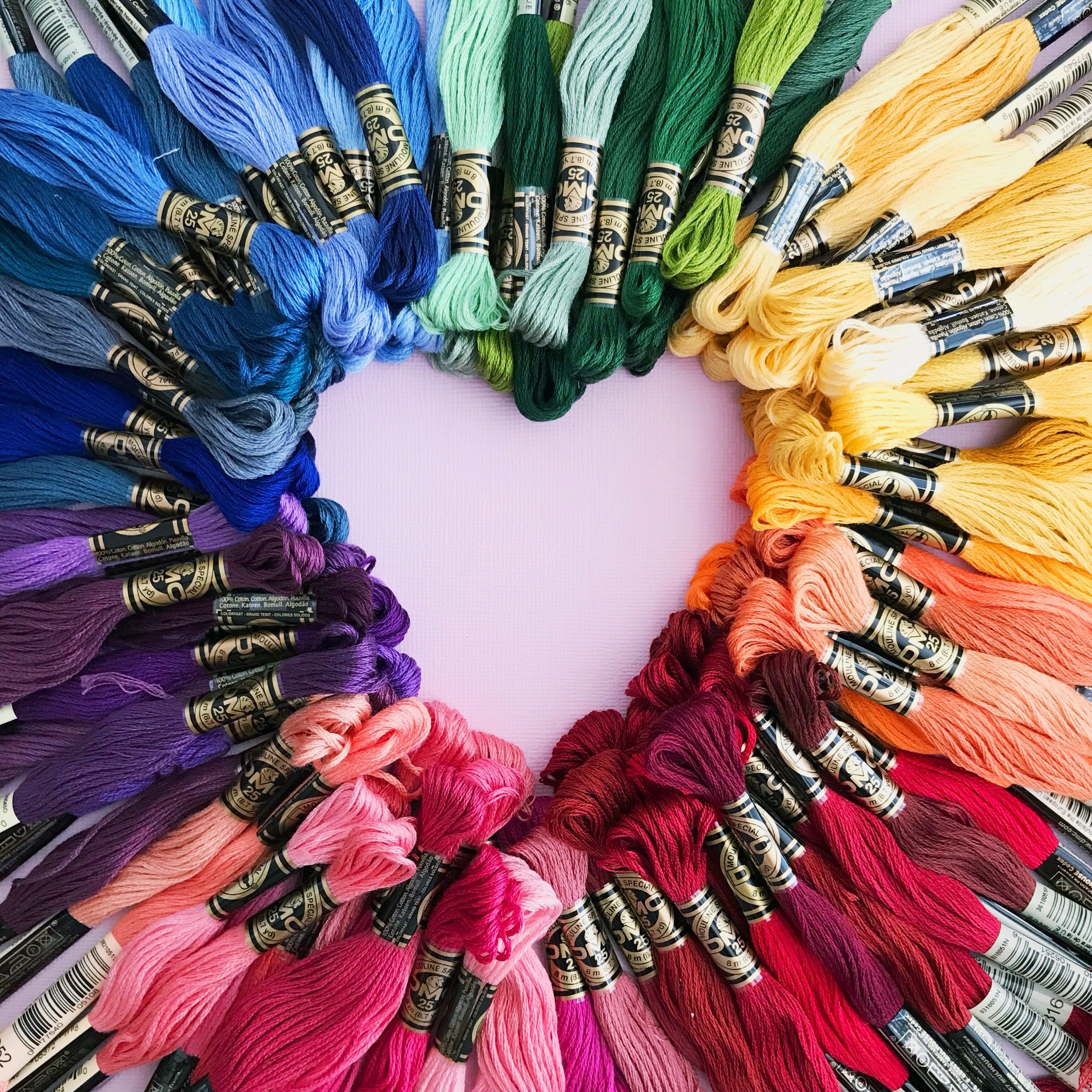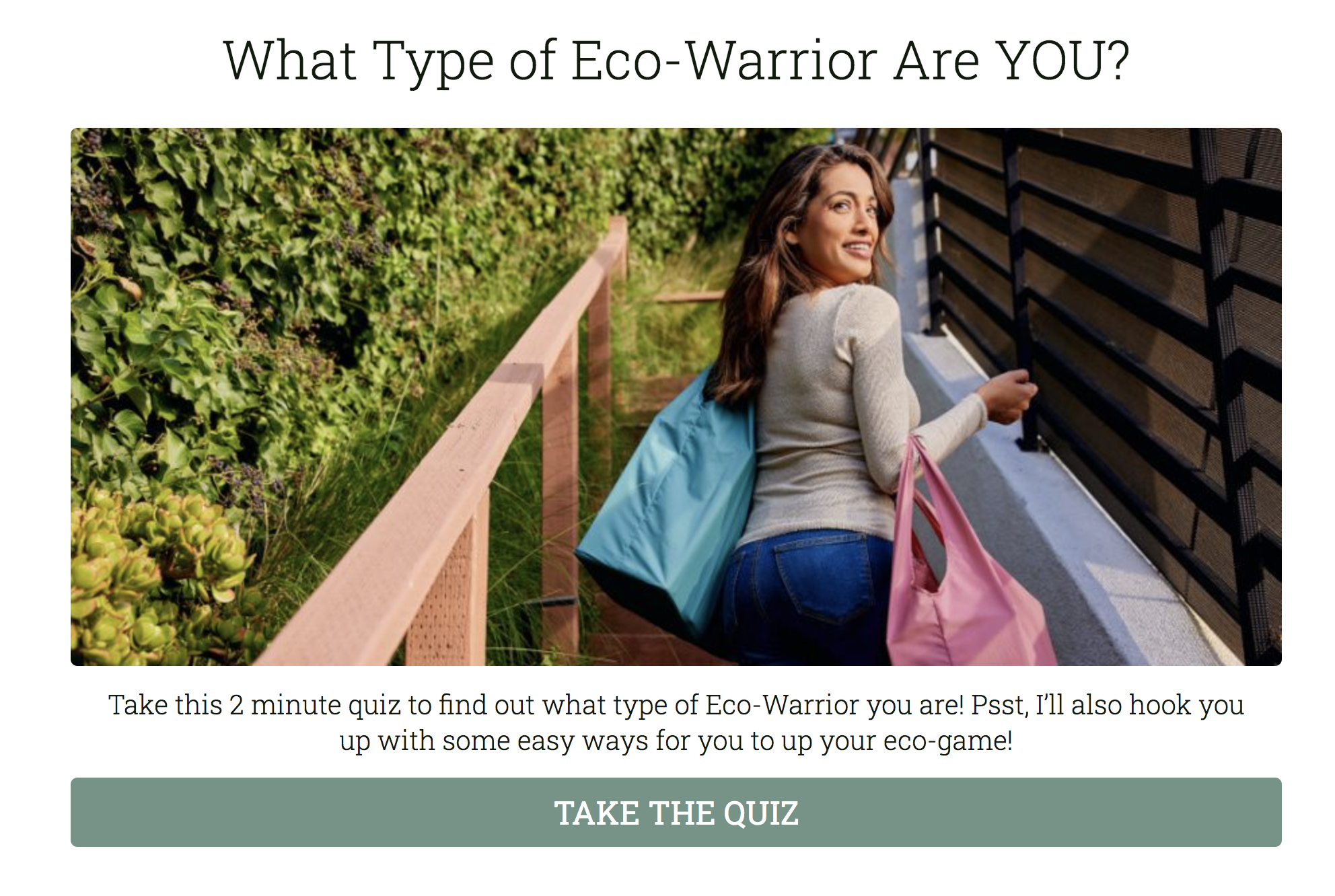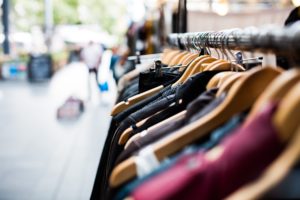
What is Sustainable Fashion?
What is Sustainable Fashion?
You’ve probably heard this buzzword as a solution to landfills, fast fashion, worker’s conditions, tons of waste (quite literally!), and pollution.
But what does sustainable fashion ACTUALLY mean? Is it about using eco-friendly clothes?
Yes, kinda…

But the larger picture considers the production and access of clothing in an environmentally and socially responsible manner.
This means areas such as the sourcing of materials, fabrics used, dyeing, manufacturing, packaging, workers’ conditions and pay, place of purchase, quality and care of the clothing, and consumption mindset can be looked at for sustainability practices.
Sounds like a lot, eh?
Yeah! It’s pretty cool that sustainable fashion has a very holistic approach.

But keeping all that in mind can get overwhelming, especially if you’re new to this whole thing.
So let me help you out…
Here’s how you can get started
Choose sustainable fabrics for your next clothes:

These could be:
Organic cotton. It’s quickly biodegradable, grown without pesticides or insecticides.
Recycled cotton. It’s made from cotton waste from industries and consumers.
Hemp (A superstar!) It’s grown without pesticides or chemical fertilizers and is biodegradable. It also requires little land to grow, requires less water, and the plant is good for the soil.
Organic linen is made from flax fiber and is biodegradable. Compared to cotton, the flax plant requires less water to grow.
Organic bamboo is quickly renewable and can be a very sustainable fabric depending on the way it’s processed.
Lyocell / Tencel is made from eucalyptus trees without much water or pesticides.
Recycled nylon (The material I use in the Floppy) It uses less water, energy, and fossil fuel than virgin nylon and it keeps waste away from landfills.
Recycled PET It’s versatile and prevents single-use plastics from ending up in landfills. However, microplastic filter bags are advisable while washing.
I’ve talked about most of these materials in detail here.

But here are other ways to be sustainable in your fashion besides choosing a sustainable fabric.
Dead stock fabric Dead stock fabric is usually the excess, unused fabric by big companies.
These can include synthetic fabrics and the production process is usually not transparent. But it’s still a good option as it reduces textile waste by keeping them away from landfills.
Using this lessens the production demand and controls pollution.
Support sustainable and ethical brands
Sustainable brands are more often responsible and transparent.
Buying from brands that care helps reduce the environmental and social problems created by the fashion industry (read fast fashion).
Sadly, sustainability has also become a marketing tactic with some brands greenwashing themselves.
So to know if a brand is genuinely sustainable, here are some questions to start asking…
- Where are they sourcing their materials from?
- What are they doing with their textile waste?
- How are they minimizing or controlling pollution?
- How are they dyeing their clothes? Do they use toxic dyes?
- Are they transparent about their processes?
- Are their workers getting minimum wage and good working conditions?
Some ways to help your sustainable brand hunt is to look out for certifications like…
- Better Cotton Initiative (BCI),
- Cradle to Cradle,
- Fair Trade,
- Forest Stewardship Council (FSC),
- Certified B Corporation,
- Global Organic Textile Standard (GOTS)
- SA8000 Certified
- Worldwide Responsible Accredited Production (WRAP)
- But note that great smaller brands that are sustainable and ethical may not have these certifications.
Go thrifting, shop second-hand
Buying from thrift stores or resellers is also sustainable as you’re making use of existing clothes, and reducing waste.
Shopping second-hand is always encouraged over supporting fast fashion brands.
But even when thrifting, local thrift stores may be a more sustainable option than corporate-owned ones.
Why so?

It’s because although they’re both good for the environment, local thrift stores tend to be more ethical with their workers.
The idea is to consume consciously
Going the sustainable fashion route doesn’t mean you have to replace your current closet with sustainable clothes.
Buy clothes only when you NEED them, and choose sustainable options when possible.
So the next time you see something you feel like buying, ask yourself…
- Do I really need it?
- Will this last me a long time?
- Is this high quality?
- Do I see myself wearing this a lot?
- Will I be able to take good care of it?
If you need it for just one time, you could try…
- Renting
- Borrowing from friends
And if you want to get rid of some clothes, you can try…
- Selling it
- Donating it to local charities
- Swapping clothes with your friends
- Giving it away to people who may want it
- Up-cycling and down-cycling it
And hey, it’s okay to start with small steps.

Use what you already have, mend clothes and make them last, repurpose clothes, and buy consciously.
Again, the idea is to be mindful and responsible with fashion.
And if you’ve read this far, I’d say you’re already doing great!


